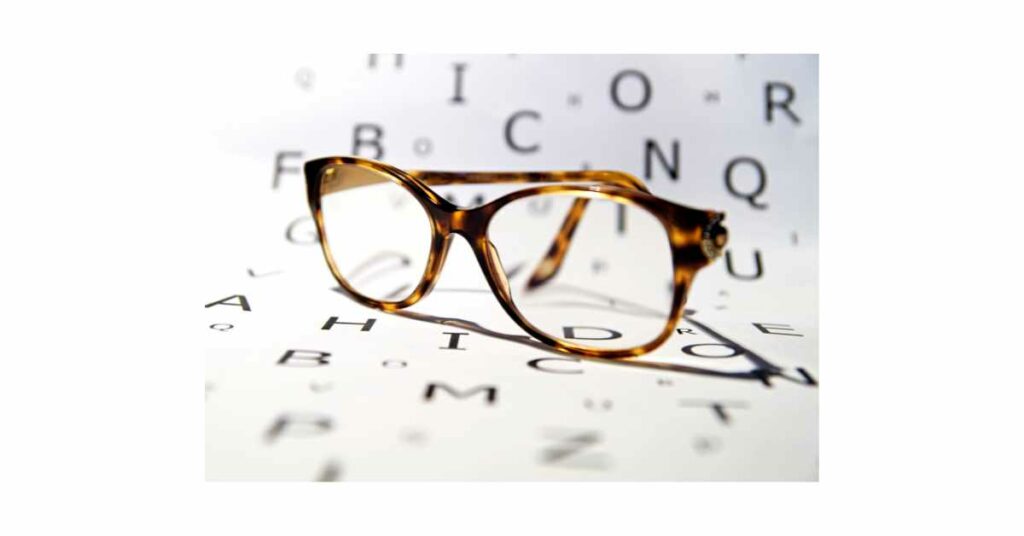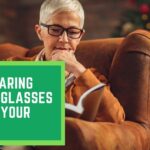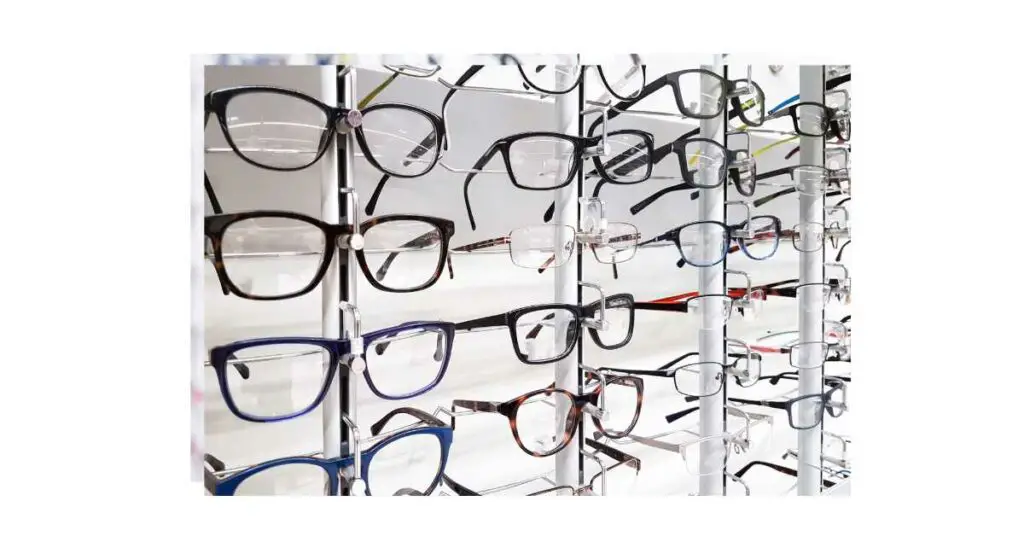Nearsightedness, or myopia, is a condition in which people can see objects clearly only when they are close to their eyes. Farsightedness, or hyperopia, is the opposite problem; people can see distant objects clearly but have difficulty seeing close-up objects. Some people have a combination of nearsightedness and farsightedness. However, reading glasses mostly treat a vision problem called presbyopia.
No, Reading glasses are neither nearsighted nor farsighted. Reading glasses are used to correct presbyopia, a vision problem that occurs when people gradually lose the ability to see close-up objects clearly.

Presbyopia is not related to nearsightedness or farsightedness. Thus, . They simply help people read more clearly by magnifying the text in books and newspapers. The lenses in reading glasses are usually magnifying lenses that are made with special optical technologies to reduce distortion and make the text appear larger.
How do reading glasses aid the presbyopia symptom?
What is presbyopia?
Presbyopia is a natural part of the aging process, emerging typically around age 40. It’s caused by the loss of flexibility in the lens inside the eye, resulting in decreased ability to focus on near objects and small print. While presbyopia has long been considered an inevitable consequence of growing older, there are surprisingly a few lifestyle approaches that may help reduce its onset and development, such as avoiding excessive and prolonged close-up work, including reading extensively up close and using computers for hours at a time without breaks.

How are reading glasses designed to help with presbyopia?
Viewing things up close can be difficult for people with presbyopia, which is why reading glasses come in handy. The lenses of reading glasses are specifically designed to sharpen their focus on nearby objects. In general, lenses for reading glasses are constructed from biconcave or post-concave materials. This design allows more convergence at the center of the lens, allowing light rays to come together easier and help the eye focus. Additionally, these lenses come in two varieties: single-vision and multifocal vision. Single-vision lenses provide a level of magnification throughout the entire lens, which is best for people with modest levels of presbyopia. Multifocal vision lenses are designed with different magnifications in different areas, allowing people with more severe presbyopia to switch between magnifications when needed. Ultimately, reading glasses work by providing the right kind of magnification coupled with the right material to help the eyes stay focused when viewing nearby objects.
How can you select the right reading glasses to relieve presbyopia?
Finding the right reading glasses to relieve presbyopia can be a daunting, yet rewarding task. To ensure that you get the best pair, it is important to determine what power level you need. While this can generally be done with a simple eye doctor test, many times selecting the right eyeglasses requires some experimentation as well, since our needs vary throughout the day. Additionally, it is important to try on different frames and styles and select one that allows you to have your eyewear featured prominently rather than blending in. Finally, don’t be afraid to try out more than one option – purchasing multiple pairs of reading glasses of different power levels will help ensure that you find the perfect fit for every activity!
What is the solution for nearsightedness and farsightedness?
What is the difference between each symptom?
Nearsightedness, also known as myopia, and farsightedness, also known as hyperopia, are both refractive errors of the eyes. Nearsightedness refers to blurry vision when looking at objects close-by; distant objects appear clearer. Farsightedness, on the other hand, is blurry vision for objects further away; near objects appear clear. These conditions often happen due to an autopsy which does not allow light entering the eye to properly focus on the retina resulting in distorted images. For mild cases of myopia and hyperopia the use of corrective lenses help improve vision to a satisfactory level; however more advanced cases require more involved treatments such as refractive surgery. It’s important to visit your optometrist if you experience declining or changing vision so they can help determine the cause and create a plan of action so you can regain healthy eyesight.

Nearsightedness (myopia): causes, symptoms, and treatment
Nearsightedness, also known as myopia, is a common vision disorder. Myopia occurs when the eyeball has grown too long or the cornea is too curved, resulting in light rays not focusing on the retina but in front of it instead—causing distant objects to appear blurry while close objects remain clear. Common symptoms are headaches and fatigue when studying or working with documents at a further distance. If you’ve been diagnosed with myopia, it’s very important to follow your ophthalmologist or optometrist’s advice on an eyeglass strength and type of lens that best suits your particular condition. Additionally, there are other medical solutions such as implantable contact lenses; laser vision correction; multifocal contact lenses for correcting nearsightedness and astigmatism; and orthokeratology (ortho-k), where rigid gas permeable contact lenses are worn during sleep to temporarily reshape the corneas. No matter what treatment option you choose, regular eye exams after treatment should be considered for proper management of your myopia.
Farsightedness (Hyperopia): causes, symptoms, and treatment
Farsightedness, also sometimes known as hyperopia, is a common refractive error in which the eyes difficulty focusing on objects that are closer. Long-term farsightedness can lead to headaches and eyestrain as well as cause difficulty seeing up close or extended periods of eye fatigue. Generally, optometrists will prescribe eyeglasses with anywhere from +0.50D to +6.00D of additional strength depending on the severity of the condition. The most common type of lens used is a traditional spherical lens shape with an added cylindrical component depending on the patient’s needs. Additionally, there are other medical solutions like contact lenses and vision correction surgery that can provide long term correction for those suffering from farsightedness. The ideal option, however, will depend on several factors: prescriptions strength and severity; lifestyle needs; and any underlying conditions that might affect treatment choice.
Why are reading glasses not the right tool for nearsightedness and farsightedness?
Reading glasses may seem like a convenient fix for those suffering from problems with nearsightedness and farsightedness, but they are not the right tool for the job. Reading glasses only correct clearly seeing up close, within 25 cm of the object; thus, they do not treat issues of blurry vision beyond this distance. Farsightedness is better treated with progressive lenses since those lenses allow you to see objects sharply both up close and far away. As for nearsightedness, corrective lenses such as bifocals or contact lenses can provide improved vision when attempting to see distant objects. Ultimately, reading glasses are too limited in their scope to offer a full solution for common vision problems related to nearsightedness and farsightedness.
A comparison between the lenses used for reading glasses, nearsightedness, and farsightedness
Reading glasses, lenses used to combat nearsightedness, and lenses prescribed for farsightedness are all quite different. Reading glasses are designed only to correct vision while reading up close. Near-sightedness is a refractive error in which an individual has difficulty focusing on objects in the distance, while farsightedness is the exact opposite and means an individual struggles to focus on items up close. The technology behind the three lens types is completely disparate, with multiple adaptations added onto each style of lenses depending on their intended use. Generally speaking, reading glasses and those for nearsightedness have slightly concave lenses that help focus light rays closer together to allow for smoother vision at shorter distances, whereas those for farsightedness have convex lenses that spread light apart, allowing for finer image resolution when looking at objects from a decent distance away.
Conclusion
Reading glasses are not the right tool for treating nearsightedness and farsightedness because they only correct vision when looking at objects up close. There are other medical solutions, like contact lenses and surgery, that can provide long-term correction for those suffering from these conditions. Additionally, there are different types of lenses used to treat each condition, which vary in terms of their design and intended use.











